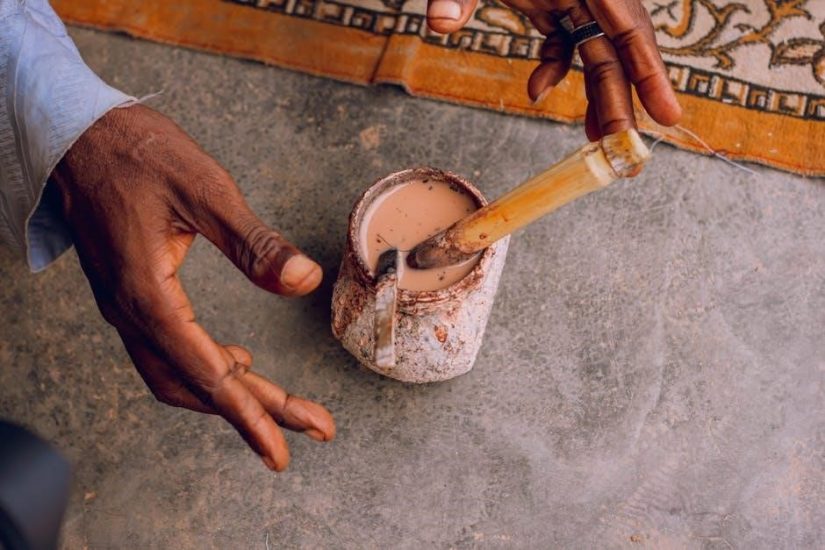The 2nd Degree Masonic Ritual‚ or Fellowcraft Degree‚ is a cornerstone of Freemasonry‚ symbolizing the journey from darkness to light. It emphasizes education‚ morality‚ and self-improvement‚ teaching brethren to refine their character through symbolic tools like the Square‚ Level‚ and Plumb Rule. This degree deepens understanding of Masonic principles‚ encouraging intellectual growth and altruism‚ while reinforcing the importance of brotherhood and ethical living.
Overview of the Fellowcraft Degree
The Fellowcraft Degree‚ the second step in Freemasonry‚ focuses on education‚ morality‚ and self-improvement. It builds on the Entered Apprentice Degree‚ emphasizing the refinement of character through symbolic tools like the Square‚ Level‚ and Plumb Rule. The ceremony introduces brethren to deeper esoteric knowledge‚ encouraging intellectual and spiritual growth. The Junior Warden plays a key role‚ guiding candidates through rituals that highlight perseverance and moral integrity. The tracing board‚ a visual aid‚ illustrates lessons on harmony and balance. This degree prepares members for higher responsibilities within the fraternity‚ fostering altruism and a commitment to ethical living. Its teachings remain central to Masonic philosophy‚ bridging theory and practice.
Historical Background of the 2nd Degree Ritual
The 2nd Degree Masonic Ritual‚ or Fellowcraft Degree‚ traces its origins to early Freemasonry‚ emphasizing education and moral refinement. Historically‚ the ritual evolved from medieval stonemason guilds‚ incorporating esoteric symbolism. The tracing board‚ a key visual aid‚ reflects the journey from ignorance to enlightenment; Robert V. Lund’s work highlights its esoteric dimensions‚ while historical events‚ such as the 1822 Russian ban‚ influenced its secretive nature. Despite suppression‚ lodges like the “Lodge of Chosen Manna” continued underground‚ preserving rituals. This degree’s enduring relevance lies in its timeless lessons on character development and ethical living‚ bridging ancient traditions with modern fraternity values.
The Masonic Framework and Structure
The Masonic framework includes three degrees: Entered Apprentice‚ Fellowcraft‚ and Master Mason. It emphasizes moral growth‚ brotherhood‚ and self-improvement through symbolic rituals and teachings.
The Three Degrees of Freemasonry
The three degrees of Freemasonry—Entered Apprentice‚ Fellowcraft‚ and Master Mason—form the foundation of the Craft. Each degree represents a progression in knowledge‚ moral development‚ and spiritual growth. The Entered Apprentice degree introduces candidates to the basic principles of Freemasonry‚ emphasizing humility and the pursuit of wisdom. The Fellowcraft degree focuses on education‚ intellectual enlightenment‚ and the cultivation of virtue. Finally‚ the Master Mason degree reveals the ultimate truths of the fraternity‚ symbolizing the triumph of good over evil and the eternal nature of the soul. Together‚ these degrees create a comprehensive system of personal and ethical development‚ guiding Masons toward self-improvement and service to humanity.
Role of the Worshipful Master in the 2nd Degree
The Worshipful Master plays a pivotal role in the 2nd Degree Masonic ritual‚ serving as the leader and guide of the lodge. They are responsible for conducting the ceremony with dignity and precision‚ ensuring the candidate’s proper initiation into the Fellowcraft Degree. The Worshipful Master delivers key lectures‚ explaining the symbolism and moral lessons embedded in the ritual. They also oversee the historical and philosophical aspects of the degree‚ such as the significance of the Five Orders of Architecture and the Seven Liberal Arts. Their role is both educational and inspirational‚ as they help the candidate understand the deeper meaning of Freemasonry and its application to daily life.
Significance of the Tracing Board in the 2nd Degree
The Tracing Board holds profound significance in the 2nd Degree Masonic ritual‚ serving as a visual representation of the moral and philosophical lessons taught during the Fellowcraft Degree. It depicts symbolic imagery‚ such as the Five Orders of Architecture and the Seven Liberal Arts‚ which are central to the teachings of this degree. The Tracing Board acts as a tool for both education and reflection‚ allowing the candidate to connect with the deeper meanings of Freemasonry. Its intricate designs and symbols reinforce the importance of intellectual growth‚ self-improvement‚ and the pursuit of knowledge‚ aligning with the degree’s focus on personal development and enlightenment.
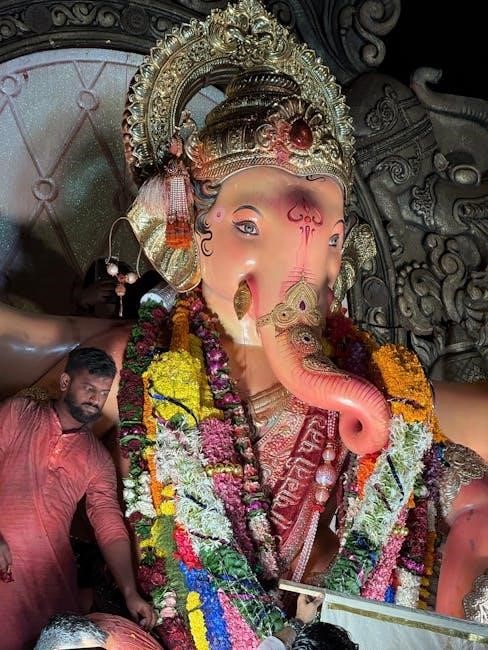
Significance of the 2nd Degree Ritual
The 2nd Degree ritual emphasizes intellectual growth and moral development‚ bridging the 1st and 3rd Degrees. It focuses on education‚ self-improvement‚ and the pursuit of knowledge‚ central to Masonic principles.
Symbolism and Moral Lessons
The 2nd Degree Masonic Ritual is rich in symbolism‚ emphasizing moral lessons that guide personal growth. The Square‚ Level‚ and Plumb Rule are central‚ representing honesty‚ equality‚ and moral uprightness. These tools remind Masons to “square their actions” and live virtuously. The ritual also explores the Five Orders of Architecture‚ symbolizing the journey from ignorance to enlightenment. Moral lessons include the importance of self-improvement‚ humility‚ and perseverance. The ceremony teaches candidates to cultivate inner strength and wisdom‚ aligning their actions with universal truths. These principles are designed to inspire ethical living and a deeper understanding of one’s purpose in society.
Importance of the Square‚ Level‚ and Plumb Rule
The Square‚ Level‚ and Plumb Rule are integral symbols in the 2nd Degree Masonic Ritual‚ each representing distinct moral principles. The Square signifies morality‚ truth‚ and the alignment of actions with ethical standards‚ encapsulated in the phrase “squaring our actions.” The Level embodies equality‚ emphasizing that all individuals are on the same footing before God‚ promoting fairness and justice in interactions. The Plumb Rule represents integrity and uprightness‚ guiding Masons to maintain a straight and honest path in life. Together‚ these tools underscore the importance of moral integrity‚ equality‚ and truth‚ serving as constant reminders for Masons to cultivate virtuous character and uphold these principles in their personal and societal roles.
Connection to the Volume of the Sacred Law
The Volume of the Sacred Law (VSL) holds a central place in the 2nd Degree Masonic Ritual‚ symbolizing divine truth and moral guidance. It is often positioned prominently in the Lodge‚ serving as the foundation for Masonic principles and teachings. Candidates are reminded to align their actions and decisions with the moral lessons derived from the VSL‚ emphasizing the importance of truth‚ justice‚ and righteousness. The VSL also represents unity among Masons‚ as it is a shared source of wisdom across diverse backgrounds. By anchoring the ritual in sacred texts‚ Masonry reinforces the belief that moral and ethical conduct should guide both personal and communal life‚ fostering harmony and understanding among its members.
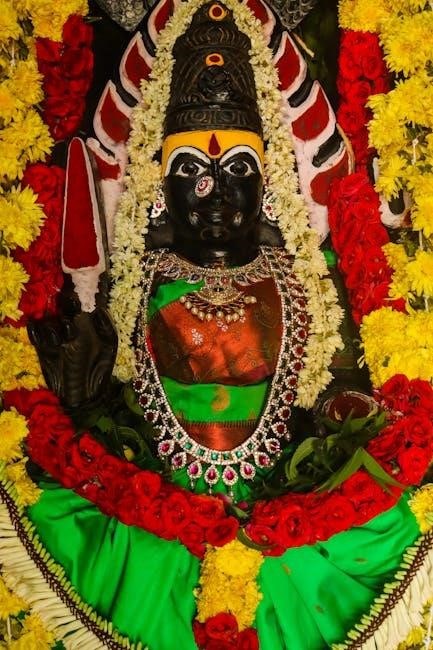
Preparation for the 2nd Degree Ceremony
Preparation involves reviewing 1st Degree teachings‚ understanding Fellowcraft principles‚ and ensuring the Lodge is properly set up with necessary tools and officers ready for the ritual.
Eligibility Criteria for Candidates
To be eligible for the 2nd Degree ceremony‚ a candidate must be a duly initiated Entered Apprentice Freemason in good standing within their Lodge. They should demonstrate a sincere commitment to Masonic principles and have completed the required period of reflection following the 1st Degree. Additionally‚ the candidate must have gained a basic understanding of the Craft‚ as evidenced by their ability to answer questions about the 1st Degree. A ballot must be held in the Lodge to approve their progression‚ ensuring the brethren are satisfied with their character and dedication. This process ensures only worthy and prepared individuals advance to the Fellowcraft Degree‚ maintaining the integrity of the Order.
Lodge Setup and Ritual Tools
Lodge Setup and Ritual Tools
The Lodge setup for the 2nd Degree Masonic Ritual is meticulously arranged to reflect the moral and symbolic framework of Freemasonry. The Temple is prepared with specific regalia‚ including the Worshipful Master’s pedestal‚ the Wardens’ columns‚ and the altar centrally placed. Ritual tools such as the square‚ level‚ and plumb rule are prominently displayed‚ symbolizing moral lessons. The Tracing Board‚ illustrating the Fellowcraft Degree‚ is unveiled to guide the candidate through the ceremony. The Volume of the Sacred Law remains open‚ underscoring its importance as a divine guide. Proper illumination and symbolic decorations create an atmosphere conducive to contemplation and enlightenment‚ ensuring the ritual’s profound impact on the candidate.
Role of the Junior Warden in the Ceremony
The Junior Warden plays a vital role in the 2nd Degree Masonic Ritual‚ ensuring the ceremony proceeds smoothly and with dignity. They are responsible for the Western part of the Lodge‚ managing the preparation of the candidate and overseeing the physical aspects of the ritual. This includes verifying the candidate’s regalia and readiness before the ceremony begins. The Junior Warden also assists in the symbolic “clothing” of the candidate‚ presenting them to the Lodge. Their duties extend to maintaining order and ensuring all necessary tools and symbols are in place. Additionally‚ they work closely with the Senior Warden and Worshipful Master‚ signaling key moments in the ritual. Their role underscores the importance of preparation and coordination in the Fellowcraft Degree.
Key Symbols and Their Interpretations
In the 2nd Degree‚ key symbols include the square‚ compasses‚ level‚ and plumb rule‚ each representing moral and ethical lessons fundamental to the Fellowcraft teachings.
Explanation of the Second Degree Tracing Board
The Second Degree Tracing Board is a visual representation of the Fellowcraft teachings‚ depicting symbolic imagery central to the ritual. It often features a checkerboard floor‚ symbolizing the duality of life‚ and celestial bodies like the sun‚ moon‚ and stars‚ representing time and order. The all-seeing eye and the letter “G” are prominent‚ signifying divine providence and the importance of geometry. These symbols are interconnected‚ illustrating the harmony between earthly and heavenly principles. The tracing board serves as a mnemonic device‚ aiding candidates in recalling the moral and ethical lessons of the degree. Its intricate design encourages reflection and contemplation‚ making it a vital tool in the Masonic educational journey.
Meaning of the Hailing Sign and Perseverance
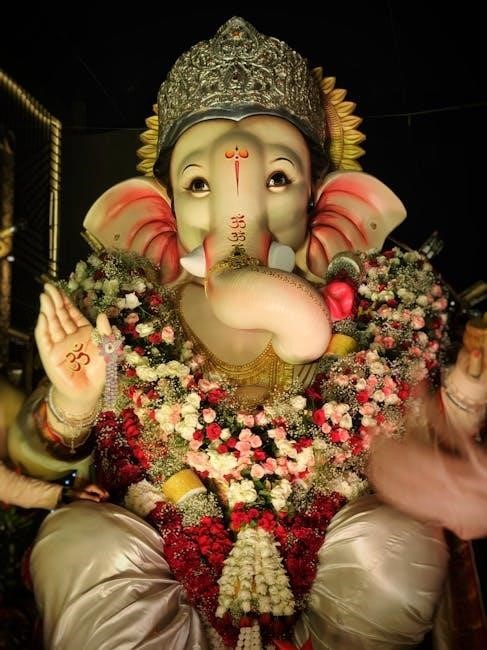
The Hailing Sign in the 2nd Degree Masonic Ritual is a symbolic gesture made by the candidate‚ signifying their commitment to the principles of Freemasonry. It represents recognition of the fraternity and acknowledgment of its teachings. Perseverance is a key virtue emphasized in this degree‚ reflecting the candidate’s determination to overcome challenges and strive for moral and intellectual improvement. The Hailing Sign also symbolizes the pursuit of truth and light‚ underscoring the importance of resilience in the face of adversity. This act reinforces the candidate’s dedication to their Masonic journey and serves as a reminder of the importance of steadfastness in upholding the fraternity’s values.
Esoteric Interpretation of Masonic Symbols
The esoteric interpretation of Masonic symbols in the 2nd Degree Ritual reveals deeper spiritual and philosophical meanings. Symbols like the square‚ level‚ and plumb rule represent moral and ethical ideals‚ such as equality and integrity. The tracing board’s design‚ with its geometric patterns‚ embodies sacred geometry‚ reflecting the universe’s order and harmony. These symbols encourage introspection and self-improvement‚ aligning with Freemasonry’s principles of brotherly love‚ relief‚ and truth. By exploring these esoteric meanings‚ candidates gain a richer understanding of their Masonic journey‚ fostering personal growth and enlightenment.
Lessons and Teachings of the 2nd Degree
The Fellowcraft Degree emphasizes character development‚ ethical behavior‚ and self-improvement‚ teaching Masons to cultivate virtues like patience‚ perseverance‚ and moral integrity in their daily lives.
Development of Character and Altruism
The Fellowcraft Degree strongly emphasizes the development of character and the practice of altruism. It teaches Masons to cultivate virtues such as honesty‚ integrity‚ and responsibility‚ while fostering a commitment to self-improvement. Altruism is highlighted as a cornerstone of Masonic philosophy‚ encouraging brethren to act selflessly for the benefit of others. The ritual underscores the importance of balancing personal growth with service to humanity‚ reflecting Freemasonry’s core values of compassion and community involvement. By embracing these principles‚ Masons are inspired to become better individuals and contribute positively to society‚ embodying the ethical teachings of the Craft.
Importance of Education and Self-Improvement
The Fellowcraft Degree underscores the importance of education and self-improvement as essential components of Masonic growth. It encourages brethren to pursue knowledge and intellectual development‚ emphasizing that education is a lifelong journey. The ritual highlights the interconnectedness of mental‚ moral‚ and spiritual growth‚ urging Masons to cultivate wisdom and understanding. By studying Masonic principles and symbols‚ members deepen their comprehension of the Craft‚ fostering personal enlightenment. Self-improvement is seen as a means to refine character and contribute meaningfully to society. This degree inspires Masons to embrace learning as a tool for both individual and collective advancement‚ aligning with Freemasonry’s mission to create enlightened and compassionate individuals.
Moral and Ethical Teachings
The Fellowcraft Degree emphasizes the importance of moral and ethical teachings‚ serving as a cornerstone of Masonic philosophy. The ritual imparts lessons on integrity‚ justice‚ and brotherly love‚ encouraging members to uphold these virtues in their daily lives. It teaches the value of moral accountability and the pursuit of a virtuous life. The degree underscores the importance of self-reflection and the cultivation of ethical behavior‚ aligning with Freemasonry’s mission to foster better men and a better world. By integrating these teachings‚ Masons are inspired to act with compassion‚ honesty‚ and fairness‚ creating a positive impact within their communities and beyond.
Historical Context and Evolution
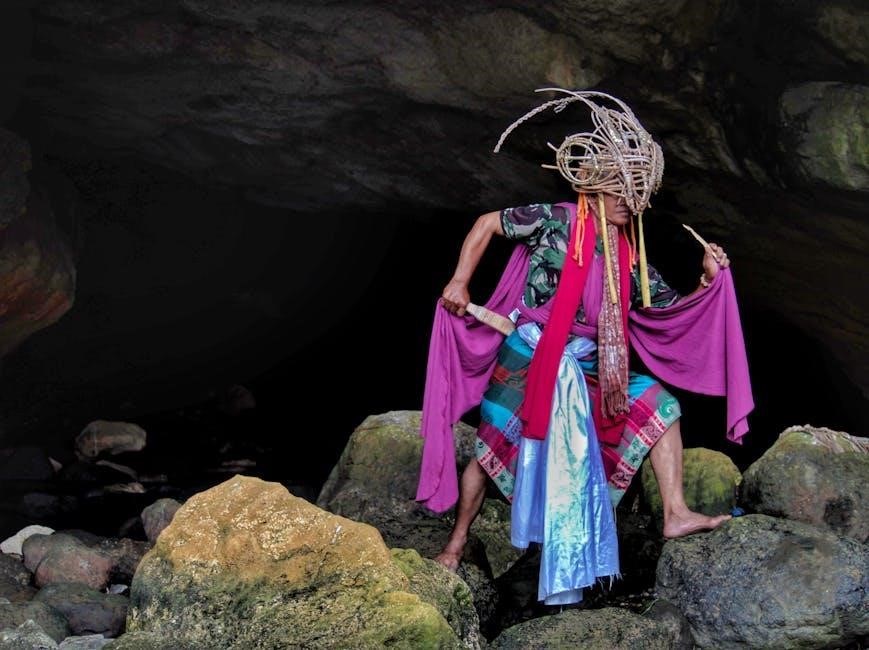
The 2nd Degree Masonic Ritual traces its roots to medieval stonemasonry traditions‚ evolving over centuries to incorporate philosophical and moral teachings. Historical events have shaped its modern form‚ blending ancient symbolism with contemporary values to remain relevant in Freemasonry’s journey.
Origins of the Fellowcraft Degree
The Fellowcraft Degree‚ or the 2nd Degree‚ traces its origins to medieval stonemasonry guilds‚ where skilled craftsmen were recognized for their expertise. The rituals and teachings reflect the transition from practical craftsmanship to moral and philosophical instruction. Historical records suggest that the degree evolved from earlier initiation rites‚ emphasizing the candidate’s journey toward enlightenment. The use of symbols‚ such as the five orders of architecture‚ signifies the pursuit of perfection and harmony. The Fellowcraft Degree was formalized in the 17th century‚ blending esoteric knowledge with fraternal values. Its roots in speculative Masonry highlight the shift from operative to moral teachings‚ making it a cornerstone of Masonic education and personal development.
Evolution of Ritual Practices Over Time
The 2nd Degree Masonic Ritual has undergone significant evolution‚ reflecting cultural and philosophical shifts. Early practices were heavily influenced by medieval guild traditions‚ focusing on practical skills and moral lessons. By the 18th century‚ Enlightenment ideals reshaped the rituals‚ incorporating rational and ethical teachings. The 19th century saw a rise in mystical interpretations‚ emphasizing symbolism and spiritual growth. Modern adaptations have streamlined ceremonies while preserving core principles. These changes are documented in historical texts and the 2nd Degree Masonic Ritual PDF‚ providing insights into how the fraternity has maintained relevance. Ritual practices continue to adapt‚ ensuring timeless lessons remain accessible to contemporary members while honoring tradition.
Impact of Historical Events on Masonic Rituals
Historical events have profoundly shaped the evolution of Masonic rituals‚ particularly the 2nd Degree. The Enlightenment era introduced rationalism‚ influencing the incorporation of ethical and philosophical teachings. The Industrial Revolution shifted focus to social progress and moral improvement. Political upheavals‚ such as the French Revolution‚ led to the suppression of Freemasonry in some regions‚ prompting the adaptation of rituals to avoid persecution. World Wars emphasized unity and brotherhood‚ reflecting in the rituals’ emphasis on peace and harmony. These events are documented in the 2nd Degree Masonic Ritual PDF‚ illustrating how historical context has shaped the fraternity’s practices. Rituals remain adaptable‚ ensuring relevance while preserving core principles.
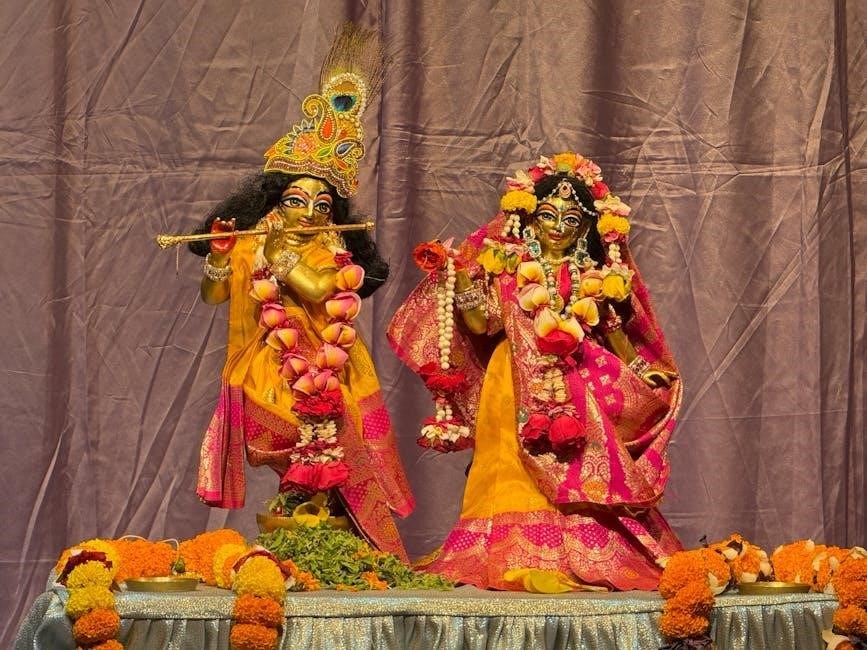
Contemporary Relevance of the Ritual
The 2nd Degree Masonic Ritual remains relevant today‚ offering timeless principles for self-improvement and brotherhood. Its teachings address modern societal challenges‚ emphasizing moral guidance‚ compassion‚ and harmony in daily life.
Modern Interpretations of Ancient Symbols
In the 2nd Degree Masonic Ritual‚ ancient symbols are reinterpreted to resonate with contemporary values and challenges. The square‚ level‚ and plumb rule‚ for instance‚ now often symbolize fairness‚ equality‚ and moral uprightness in a modern context. These tools remind individuals to “square their actions with the rectangle of virtue” and strive for balance in an increasingly complex world. The ritual’s emphasis on personal growth and self-refinement aligns with modern ideals of mindfulness and self-improvement. By connecting timeless symbols to current societal needs‚ the 2nd Degree fosters a deeper understanding of universal principles‚ making its teachings accessible and relevant to today’s Masons.
Application of Masonic Principles in Daily Life
The 2nd Degree Masonic Ritual emphasizes principles that are highly applicable in modern life. Masons are encouraged to embody brotherly love‚ relief‚ and truth in their daily interactions. The ritual teaches the importance of treating others fairly‚ irrespective of their background‚ fostering harmony in diverse communities. It also highlights the value of self-discipline and moral integrity‚ guiding individuals to act with honesty and compassion. By practicing these virtues‚ Masons can build stronger relationships‚ contribute positively to society‚ and cultivate a sense of purpose. These timeless lessons inspire personal growth and ethical decision-making‚ making the Fellowcraft Degree a cornerstone for living a principled and fulfilling life.
Role of the 2nd Degree in Masonic Journey
The 2nd Degree‚ or Fellowcraft Degree‚ holds a pivotal position in the Masonic journey. It serves as a transitional phase‚ building upon the foundational principles introduced in the 1st Degree while preparing the candidate for the more profound teachings of the 3rd Degree. This degree emphasizes intellectual and spiritual growth‚ encouraging Masons to seek knowledge and understand the mysteries of nature and science. The Fellowcraft Degree reinforces the importance of harmony‚ brotherly love‚ and truth‚ guiding Masons to apply these virtues in their personal and communal lives. It acts as a bridge‚ deepening the candidate’s comprehension of Masonic philosophy and readying them for the responsibilities and wisdom of the Master Mason Degree.
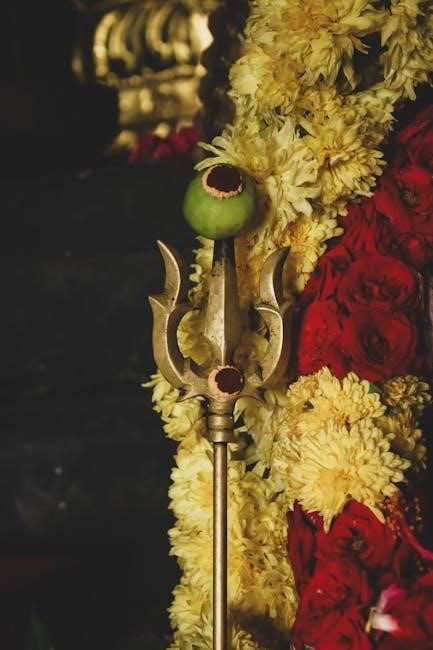
Accessing the 2nd Degree Masonic Ritual PDF
Accessing the 2nd Degree Masonic Ritual PDF requires connecting with local lodges or authorized Masonic sources. Ensure authenticity by verifying the document’s legitimacy through reputable channels.
Downloading the Ritual Guide
The 2nd Degree Masonic Ritual PDF can be downloaded through authorized Masonic websites or by requesting it from a reputable lodge. Ensure the source is trusted to maintain the integrity and authenticity of the document. Many Masonic organizations provide secure access to ritual guides for initiated members‚ often requiring a login or verification. Be cautious of unofficial platforms‚ as they may contain inaccuracies or unauthorized content. The PDF format ensures the ritual’s sacred geometry and symbols are preserved with clarity. Always respect copyright and intellectual property rights when accessing or sharing the document.
Understanding the Ritual Document

The 2nd Degree Masonic Ritual PDF provides a detailed guide to the Fellowcraft ceremony‚ outlining its structure‚ symbolism‚ and moral teachings. The document typically includes prayers‚ lectures‚ and explanations of Masonic symbols‚ such as the tracing board‚ which visually represents the degree’s themes. It also covers the preparation and conduct of the ritual‚ ensuring members understand their roles. The PDF serves as an educational tool‚ helping Masons delve into the philosophical and ethical lessons embedded in the ceremony. By studying the document‚ members can gain deeper insights into the significance of the Fellowcraft degree and its role in their Masonic journey.
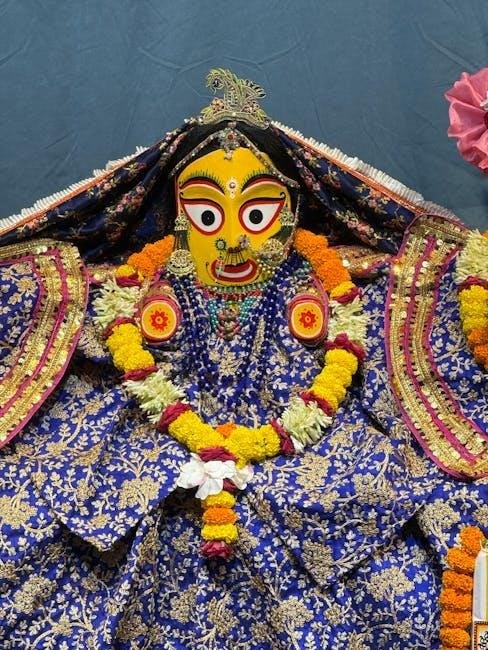
Importance of Authentic Sources
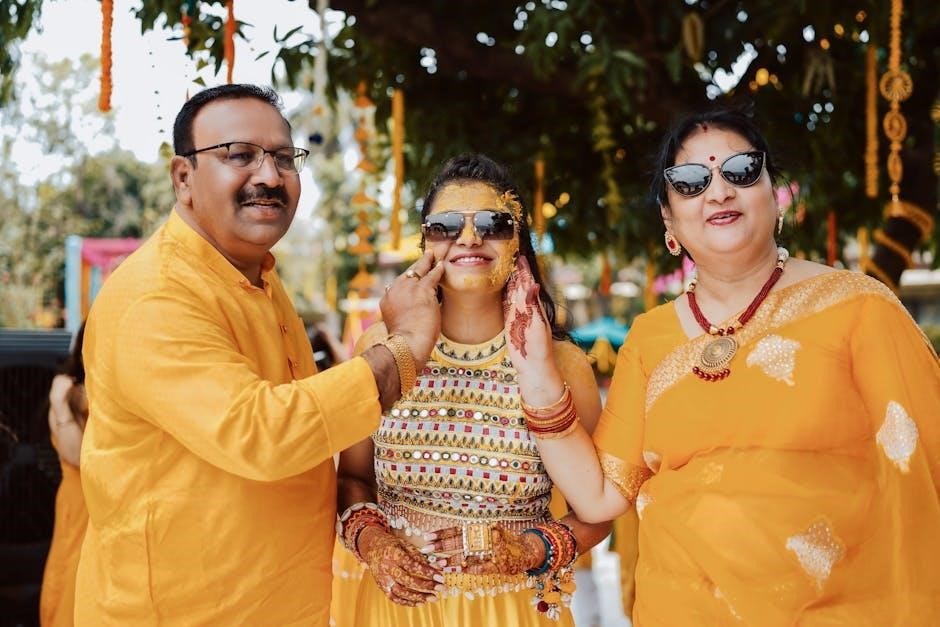
When accessing the 2nd Degree Masonic Ritual PDF‚ it is crucial to ensure the document is sourced from authentic and reputable Masonic authorities. Authentic sources guarantee the accuracy and integrity of the ritual‚ preserving its historical and symbolic significance. Misinterpretations or alterations can lead to misunderstandings of Masonic principles and practices. Trustworthy sources also maintain consistency across lodges‚ ensuring unity in the teachings and ceremonies. Additionally‚ authentic documents respect the confidentiality and sanctity of Masonic traditions‚ safeguarding the legacy for future generations. Prioritizing genuine materials fosters trust and credibility within the Masonic community‚ upholding the fraternity’s values and heritage.
